12 Incredible Guide Dog Facts You Might Not Know
By Grant Piper
Updated on
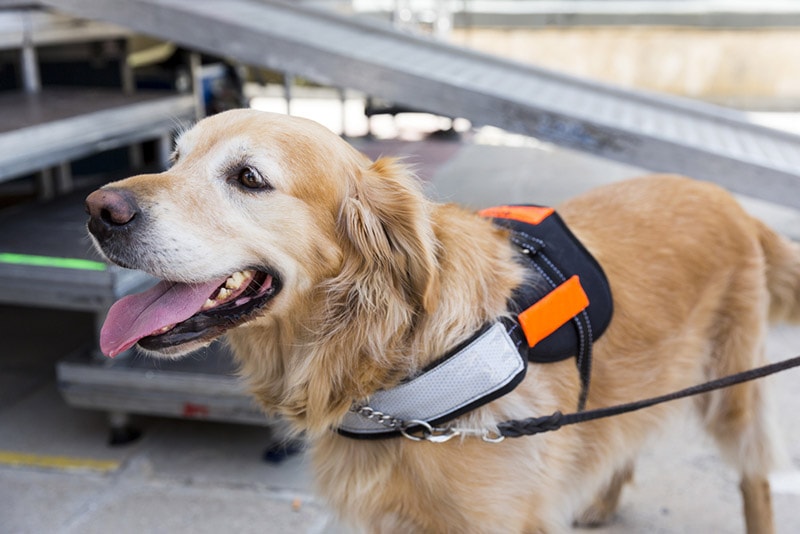
Guide dogs are amazing animals that help people every single day. Guide dogs can serve for years, go through rigorous training, and form a deep bond with their handler. Many people know about a guide dog’s basic function, which is to help people navigate when they cannot see, but few people know what goes into making these incredible dogs tick. Guide dogs have been around for a very long time, and they do a number of amazing jobs.
Here are 12 incredible facts about guide dogs that everyone should know.
The 12 Most Incredible Guide Dog Facts
1. Guide Dogs Are Ancient
There are sporadic pieces of evidence to suggest that dogs have been helping blind people navigate the world for hundreds of years. There are ancient Roman murals that depict blind people being led by dogs. There is also a 13th-century Chinese scroll that seems to show a man with a cane hunched over with a dog guiding them. The first organized attempt to train dogs as seeing eye dogs began in 1780 in Paris. Before that, the practice was likely opportunistic. Today, guide dogs are an integral part of modern society.
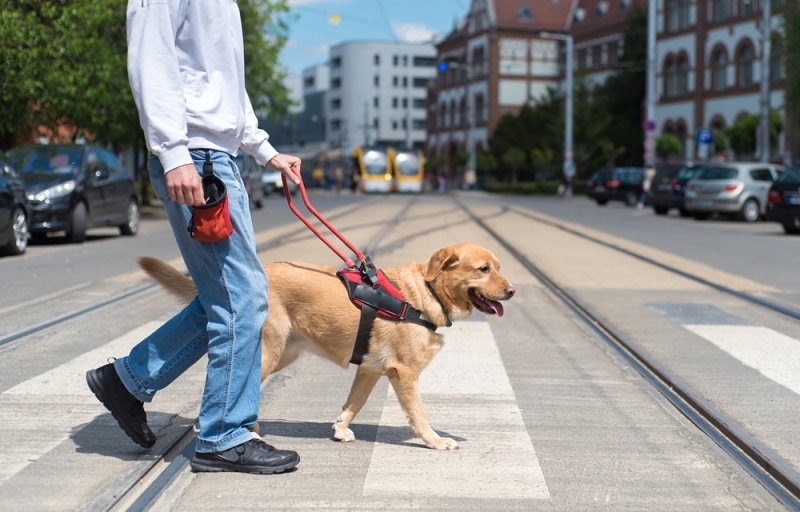
2. Guide Dogs Are Expensive
Guide dogs go through serious training, and that training is expensive. Fully trained guide dogs can start at $30,000 and go up to $100,000. Luckily, there are a variety of programs and nonprofit organizations that help connect people in need with guide dogs and can even help cover the cost. The price depends on the level of training provided, the breed, and the certifications that the dog receives.
3. Guide Dogs Should Be Respected While on the Job
Many guide dogs are cute and seem friendly. However, when they are on the job, they should be respected and ignored. You should never try to pet or approach a guide dog at work. This can be hard to do since they often appear in public, but they are not pets when they are in public. They are providing an important service. Sometimes the dog’s handler will allow a person to approach their dog, but unless you get express permission to do so, you should never touch, pet, or approach a guide dog at work.
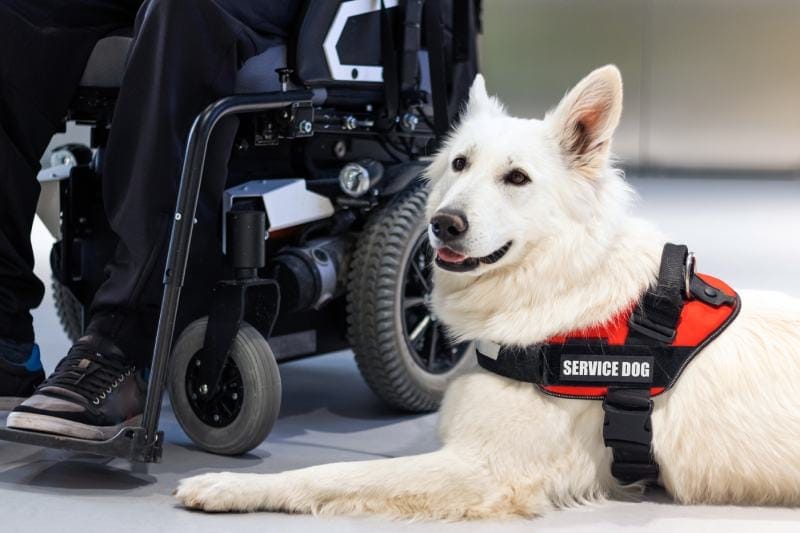
4. Guide Dogs Go Through Rigorous Training
Guide dogs go through a rigorous training program that allows them to do their important job. Guide dogs can go through years of training before they are matched and allowed to do their job. Training can take hundreds of hours and is conducted by professional organizations that ensure that the dogs meet all of the standards required for the job. Not all dogs graduate. If the dog cannot fully perform their duties and pass all of their tests, they will not get their certification. Some estimates say that only 75% of dogs will graduate from their respective programs.
5. Guide Dogs Can Go Almost Anywhere
Guide dogs are a type of official service dog. Service dogs are protected under the American With Disabilities Act (ADA), which means they can go where other dogs can’t. Guide dogs are allowed almost anywhere in public, even when other dogs are banned. That is why guide dogs get such intensive training; they need to be able to behave and remain calm in situations where other dogs usually do not go. You might see a guide dog in a grocery store, at an amusement park, and in other places where dogs are not usually spotted.
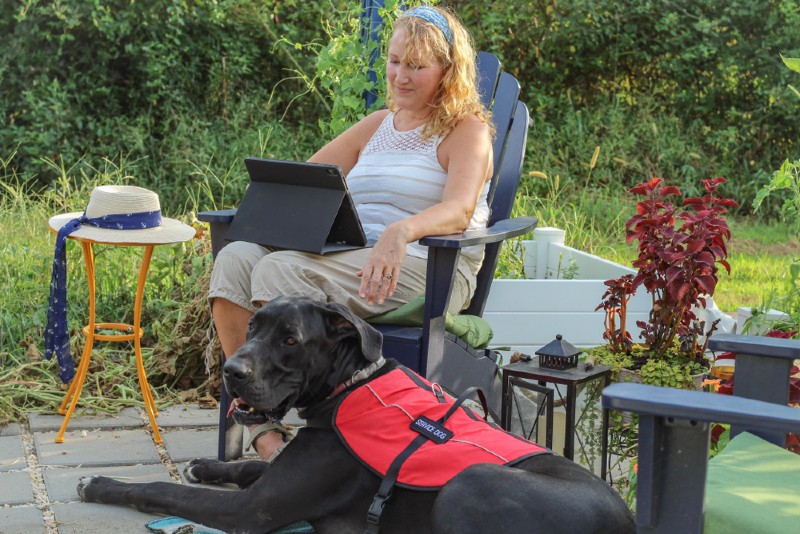
6. Contrary to Popular Belief, Guide Dogs Cannot Read Traffic Lights
Sometimes it can seem like guide dogs can read traffic lights and signals. But that is not the case. Guide dogs are extremely perceptive and highly trained. They know when it is safe to cross the street and when it isn’t, but that has nothing to do with the traffic signals. It may look like a guide dog can read a red light or a walk signal, but they are simply using their training and intuition to read the situation at hand. It is a testament to the level of training these dogs receive that they can fool people into thinking that they can read traffic signals.
7. Guide Dogs Are Carefully Matched With Owners
Guide dogs are not paired with people willy-nilly. They are carefully paired with people based on personality, lifestyle, the severity of their condition, and their geographic location. Some dogs are trained to help busy urban centers, and other dogs are more suited for calm trips to the store. If a person does not bond with their dog in the initial matching phase, they will try out different dogs until they find one that works for them. The bond between an impaired person and their service dog is critical for long term success.
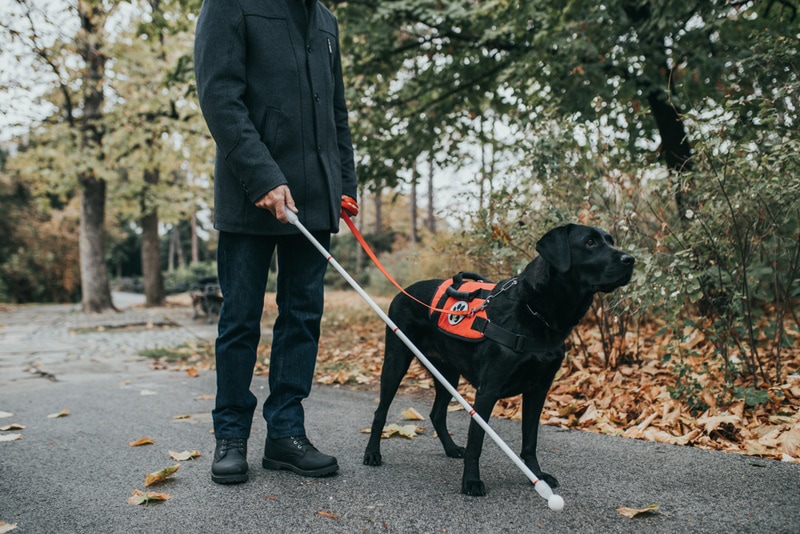
8. Guide Dogs Can Be Any Number of Breeds
Many different breeds can be trained to become guide dogs. There is not a single breed that does the job alone. Guide dogs can be Golden Retrievers, Labradors, German Shepherds, Border Collies, and even Poodles. Poodles are sometimes used for people who are allergic to dogs since their fur is more hypoallergenic than other dogs. Some breeds are more common than others, but if a dog is intelligent and receptive to the training, they can theoretically become a guide dog. Unsuitable candidates are weeded out through the guide dog training programs.
9. Guide Dogs Provide a Notable Boost in Quality of Life to the Blind
Guide dogs can vastly increase the quality of life for their people. Dogs make the visually impaired more independent, more confident, more secure, and less lonely. Living a life without vision can be a lonely and frustrating experience. Guide dogs help lessen this burden by allowing people to live more normal and fuller lives. There are numerous studies that suggest that guide dogs provide a large number of tangible benefits to their owners.
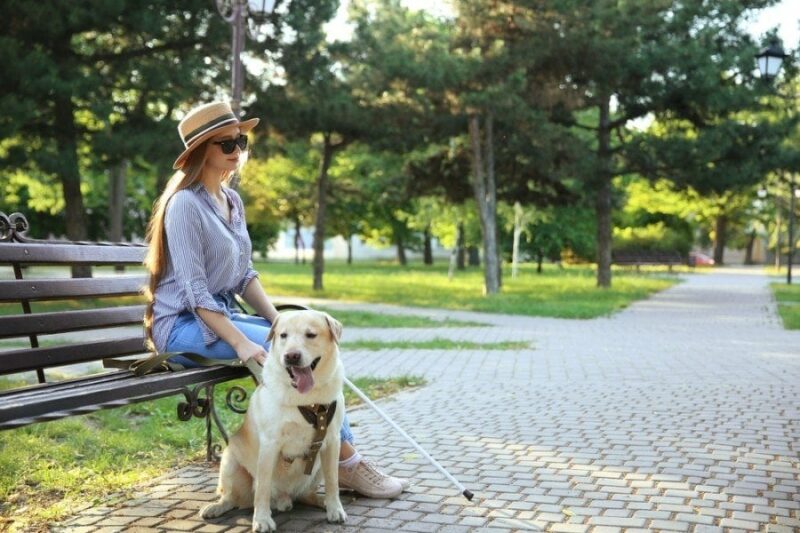
10. Guide Dogs Eventually Retire, Like People
Being a guide dog is hard work. They have to remain focused and alert at all times when in public. For this reason, guide dogs eventually retire like people. A guide dog typically serves 7 to 10 years on the job. Once they become too old to continue, they are retired. Guide dogs are then adopted out to loving families where they can live out the rest of their days lying on the couch and eating treats. Retirement seems like a good reward for years of dedicated service. After a dog is retired, their owner will be matched with a new, younger guide dog.
11. Guide Dogs Practice Overhead Awareness
One of the most important and unseen benefits of a guide dog is called overhead awareness. These dogs are trained to look out for hazardous obstacles above and around themselves. Dogs can typically alert to hazards three times their height and four times their width. Since dogs are much shorter than people, this helps prevent a person who cannot see from hitting their head on a low-lying obstacle like a branch or sign that they otherwise could not see on their own.
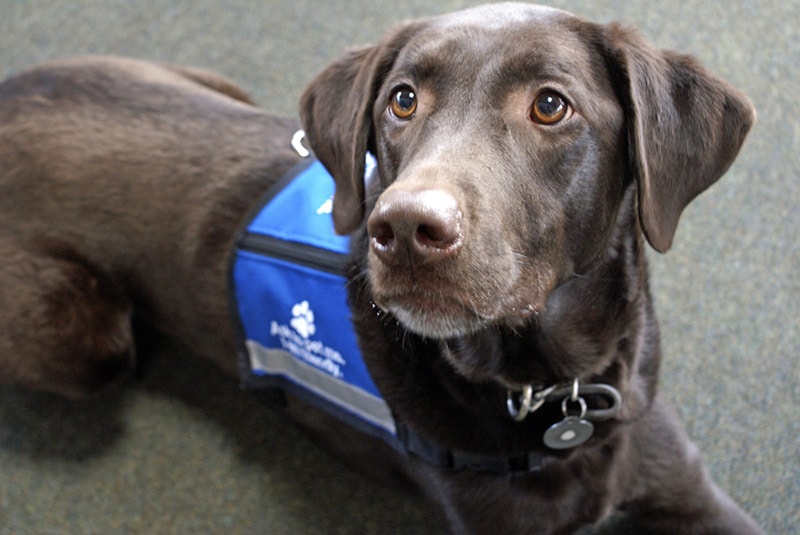
12. Guide Dogs Are Trained to Be “Intelligently Disobedient”
Many people believe that guide dogs are intensely obedient. This is the case, but only to a point. Guide dogs are trained to practice “intelligent disobedience” or “situational awareness” that prevents their owner from giving them a dangerous command. If a dog sees something out of place or recognizes an unsafe situation, the dog will refuse to follow orders which will alert their handler to a potential issue. For example, if you tell your dog to come or to go and they will not move, it is likely a sign that they sense something dangerous. This can be an overhead obstacle as we mentioned above, or a street that is not safe to cross.
 Conclusion
Conclusion
Guide dogs can be spotted out and about almost anywhere. They are highly trained, deserve respect, and help elevate the quality of life of their owners. Guide dogs are incredible, and a lot goes into their training and handling. Thanks to a number of organizations, guide dogs will continue to be a vital part of the modern landscape.
Featured Image Credit: Belish, Shutterstock











